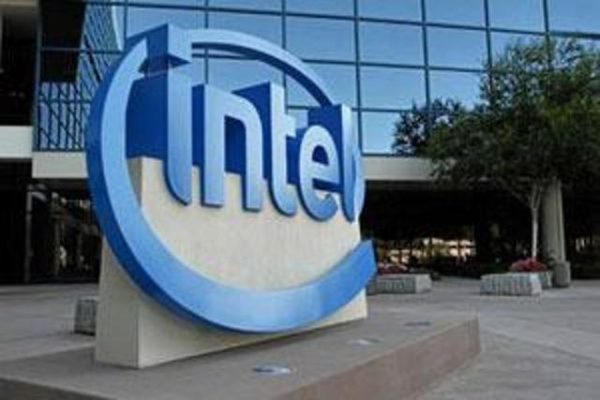
Intel’s reported quarterly earnings appear lower than expected estimates, due to a reduction in the growth of its data centre business.
The chipmaker and technology company reported its revenue for its data centre in Q1, which rose up by six percent to $4.2 billion. This shows a decrease from the nine percent in 2016 and the eight percent increase that was reported in Q4.
The decrease can be seen from the change in businesses going to Intel for chips compared to last year. For example Microsoft, who for years were loyal customers of Intel, recently announced its switch to ARM chips.
Microsoft’s move alone could prove to be a huge impact on Intel’s revenue, as its dominance of the chip market in cloud data centres comes to slowdown based on Microsoft’s cloud data centre footprint.
According to CNBC, at an investor meeting in February, Intel’s CEO Brian Krzanich said that it was expected that there will be lower profit margins for the data centre business.
Read more: Microsoft commits to using ARM server chips in challenge to Intel’s data centre dominance
In the earnings conference call, Krzanich said that the first quarter “tends to be the lowest quarter in general… for overall revenue and output and growth in the data centre business.”
Intel has previously announced its plan to buy autonomous vehicle technology from Mobileye NV, with expectations that the acquisition will boost the company’s profit.
This acquisition is expected to boost Intel in the market as it develops systems for autonomous cars, and paired with its focus on cloud computing it is also likely to help Intel reduce its dependence on the PC market, as this currently being where the company receives most its revenue from.
Its revenue for the Internet of Things group of $721 million, showing an increase of 11 percent from the last quarter.
Bob Swan, CFO, Intel said: “In the first quarter, we achieved growth across the business and increased capital returns with a five percent dividend raise while investing for future growth.
“We’re off to a good start and raised our outlook for the year as we also look to further improve Intel’s operating efficiency.”






